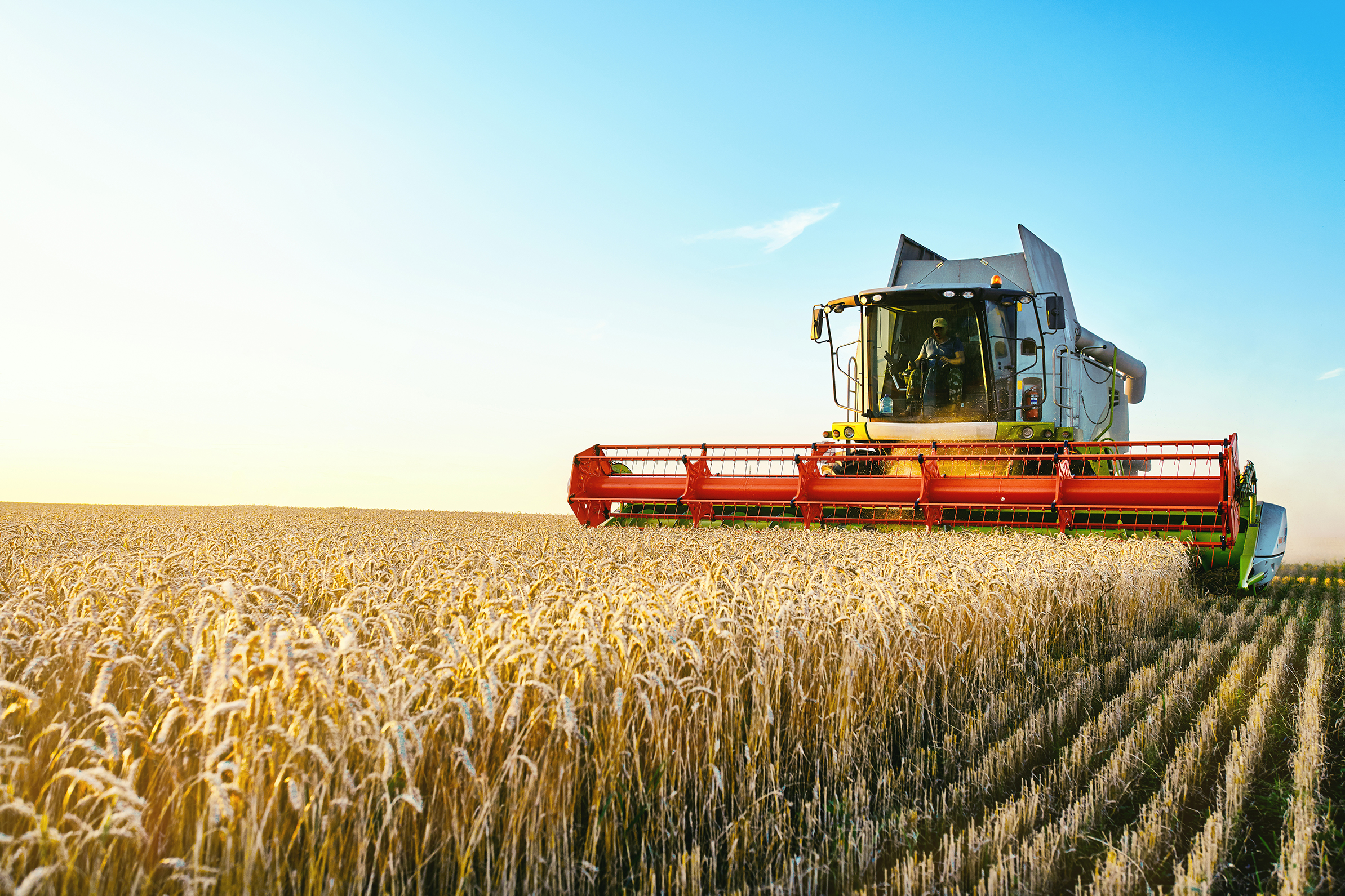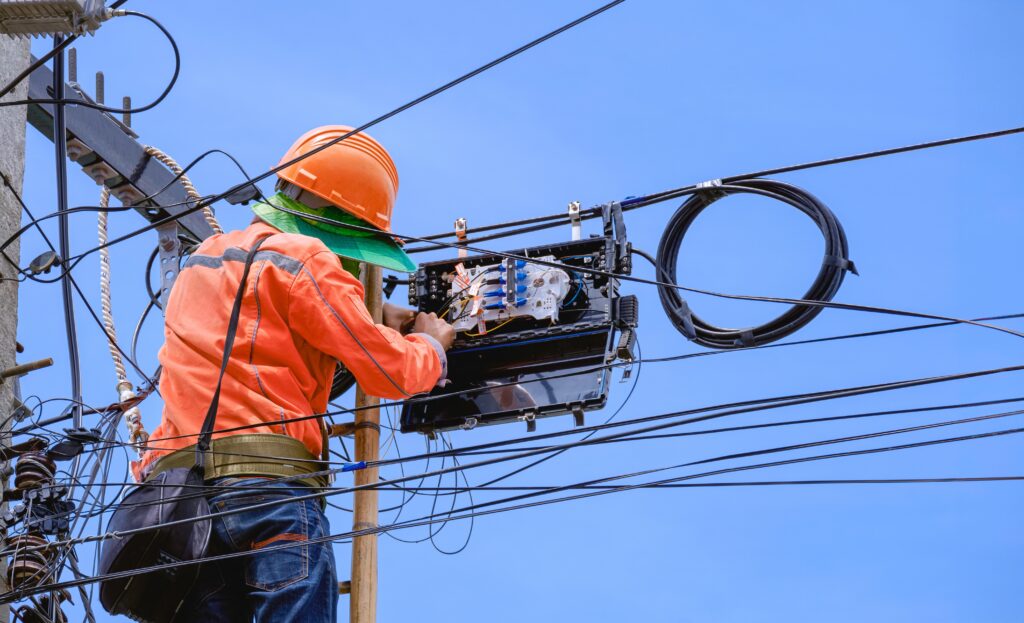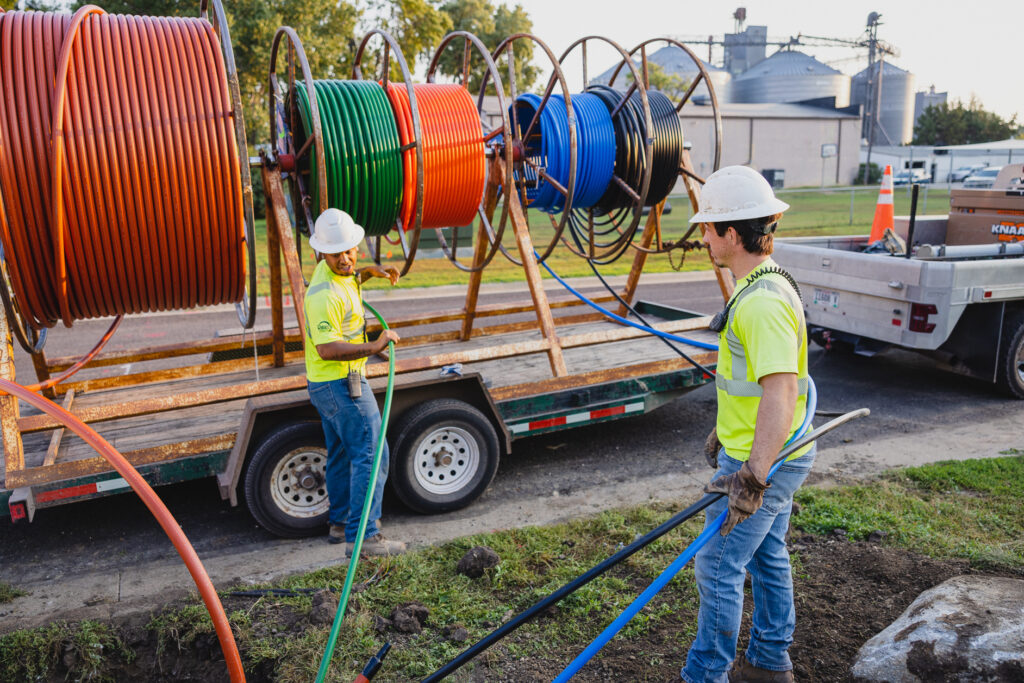The COVID-19 pandemic drove many to rely on America’s broadband networks like never before. Despite being a sudden shift, the story is a successful one. While European networks had to work with video streamers to reduce the file quality in order to facilitate the sudden shift in network usage, American broadband networks never experienced those issues. In fact, they adapted to changes in consumer behavior as cable internet service providers continually added capacity. For sure, one thing the last year and a half highlighted is how important a broadband connection has become in our daily lives, especially for business. That’s just as true for agricultural communities as it is for white collar offices. As new technologies like fixed wireless and DOCSIS 4.0 facilitate the rollout of broadband networks to remote and far out communities, next generation agriculture is posed to reap the benefits.
New advancements in technology are being put into combines, tractors, and other farm equipment to increase crop yields and collect data to model future crops with. But the benefits to farmers extend far beyond the machinery. With a robust broadband network, farmers can set up their own online store, give their farm stands an online presence, and reach new markets. An online presence also means being able to accept credit card payment on the go, which opens new markets and brings in new buyers.
That’s why ISPs are continuing to invest in rural networks. Vyve, for example, works to identify and build networks in underserved areas, creates a building and investment plan, and then works to connect that area with broadband. Charter has announced a $5 billion multi-year project to extend its networks to rural and far out areas. This is on top of their recent growth into rural areas, which now comprise 30% of its recent expansion.
Extending rural broadband requires several solutions, and one great example of that is Midco’s championing of fixed wireless technology. Fixed wireless uses an existing broadband network to connect a series of relay towers to extend a signal miles beyond where physical wires stop. Meaning a house in the mountains can get broadband service without the ISP having to lay miles and miles of wires in harsh terrain.
And with exciting new developments, like Comcast’s recent announcement that it has achieved 4 Gbps speeds using a new chip, faster speeds over existing networks will be here soon. That means farmers and rural residents will also benefit from service upgrades, since these new technologies do not require large scale network builds or intense infrastructure building.
As American broadband networks look forward to the 10G future, ISPs are committed to equitable growth across the country. Broadband service has already been extended to more far out communities, and new technologies are powering clever solutions to ensure next generation service reaches everyone, not just those in dense urban and suburban areas. To learn more about how ISPs support rural communities, be sure to check out the NCTA webpage.








